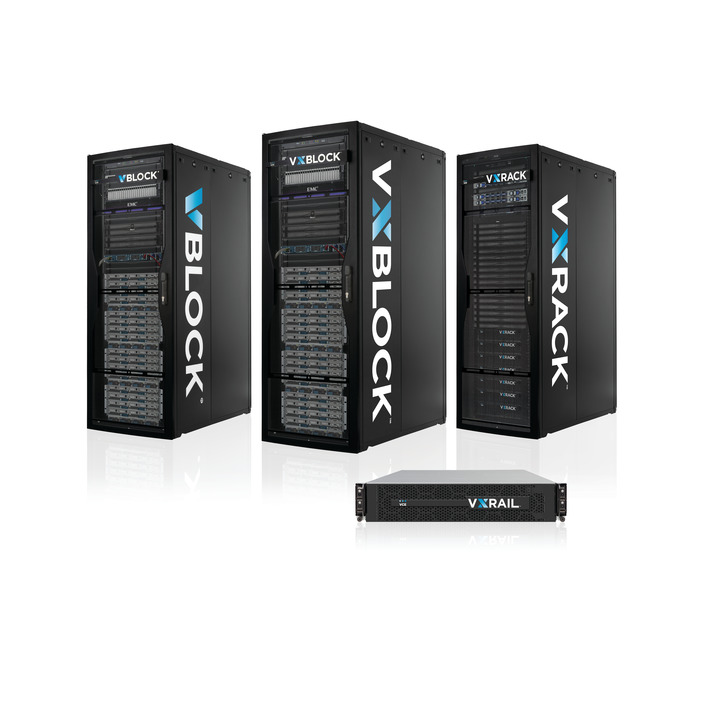We are half way through 2016 and for the first time in as long as I can remember IT has rightly started to be placed front and center of most organizations as a key component in the success or failure of that business. The organizations that are doing this are reaping the rewards that this change in strategy delivers, while the ones that don’t are finding it harder than ever to be relevant or even survive in today’s market. Make no mistake about it, applications, data and services delivered by IT must be recognized (key word here!!) as the key to modernization, digitalization and growth of that business, and that excites me…greatly.
Organizations of all shapes and sizes are all striving for agility, innovation, and speed to allow them to maintain and grow market share, profit and relevance in whatever industry they are in. This is to ensure survival, and is inspired by disruptive companies like AirBnB and Uber, that are changing the competitive landscape and driving this transformation. IT and the applications, services and data that are provided to both internal users, and external customers are vital to the success of this transformation. This is a massive step change for where we have previously found ourselves as an industry (remember when apparently all we did was provide email and access to corporate applications via Citrix!?) and one that we should all embrace.
So this is great news right…absolutely, but it comes with some new expectations. Cloud computing and “Credit Card IT” has exploded and demonstrated how easy, responsive and agile services can be spun up and consumed and this presents a challenge to IT (note, I am not saying Cloud is the most economical or even the most appropriate platform but for speed and agility it has set the benchmark). CEO’s now want, no expect, a similar level of service from their CIO’s and it’s up to us in IT to deliver that. Here lies a challenge; many IT departments are unable to provide this cloud-like level of service and functionality, not because they don’t have the technical capability, but because they simply do not have time or resources to invest in the activities needed to provide platforms capable of this.
“Credit Card IT” has exploded and demonstrated how easy, responsive and agile services can be spun up and consumed and this presents a challenge to IT (note, I am not saying Cloud is the most economical or even the most appropriate platform but for speed and agility it has set the benchmark). CEO’s now want, no expect, a similar level of service from their CIO’s and it’s up to us in IT to deliver that. Here lies a challenge; many IT departments are unable to provide this cloud-like level of service and functionality, not because they don’t have the technical capability, but because they simply do not have time or resources to invest in the activities needed to provide platforms capable of this.
There is good news though, and that is through the adoption of new technologies it is possible to free up both the time and resources required to invest and deliver this value back to the business. One of the areas that can have the most impact is around IT infrastructure, specifically the idea of whether you build or buy these platforms.
Converged and Hyper-Converged platforms have removed the need to design, build and maintain IT infrastructure, giving the time back needed to invest in adding value to the business (think new applications and services, think Cloud, think everything Software Defined , think anything other than deploying and managing what is essentially incredibly boring pieces of hardware and operating systems). MAKE NO MISTAKE, THIS IS A GREAT THING!! Building and managing infrastructure is essential but it adds little value to organizations and it’s not a good use of talented employee’s time (who actually wants to be building VMware hosts or spending their days figuring out how to upgrade the systems??). Don’t spend your time on repeatable tasks that deliver little innovation or value, don’t waste time fighting fires and keeping the lights on, don’t build what you can buy.
True converged platforms (which today represent the fastest growing portion of the infrastructure market) deliver a pre-engineered, pre-validated solution that works from day one and continues to work through its lifetime. If it doesn’t you call “one” organization (or it automatically calls) and they fix it. When you want to move to the latest hypervisor version it’s done in a few clicks with no downtime as it has been pre-tested and validated by the vendor.
deliver a pre-engineered, pre-validated solution that works from day one and continues to work through its lifetime. If it doesn’t you call “one” organization (or it automatically calls) and they fix it. When you want to move to the latest hypervisor version it’s done in a few clicks with no downtime as it has been pre-tested and validated by the vendor.
Hyper-Converged delivers a new breed of infrastructure (one where storage and compute are integrated into the same appliance or node) but in the same way as converged, removes the need to perform many of these time consuming tasks, allowing IT to drive the innovation required to have a positive impact on the organizations they serve.
We as an industry have a massive opportunity to impact and deliver bottom line value to the organizations we work for. To do this there needs to be a shift and change in service delivery that we provide and that requires an investment of time and resources, which can be difficult to find. It is vital that we spend most of our time on innovative projects and tasks that directly impact our businesses in a positive way. Using the latest technology and solutions (such as converged and hyper-converged platforms) is an incredibly simple way to achieve this. If we fail to make this change we run the risk of one day waking up to the decision of outsourcing IT or mass migration to a public cloud but even worse than that, as individual we will be irrelevant in a market place that is now so much more than infrastructure.